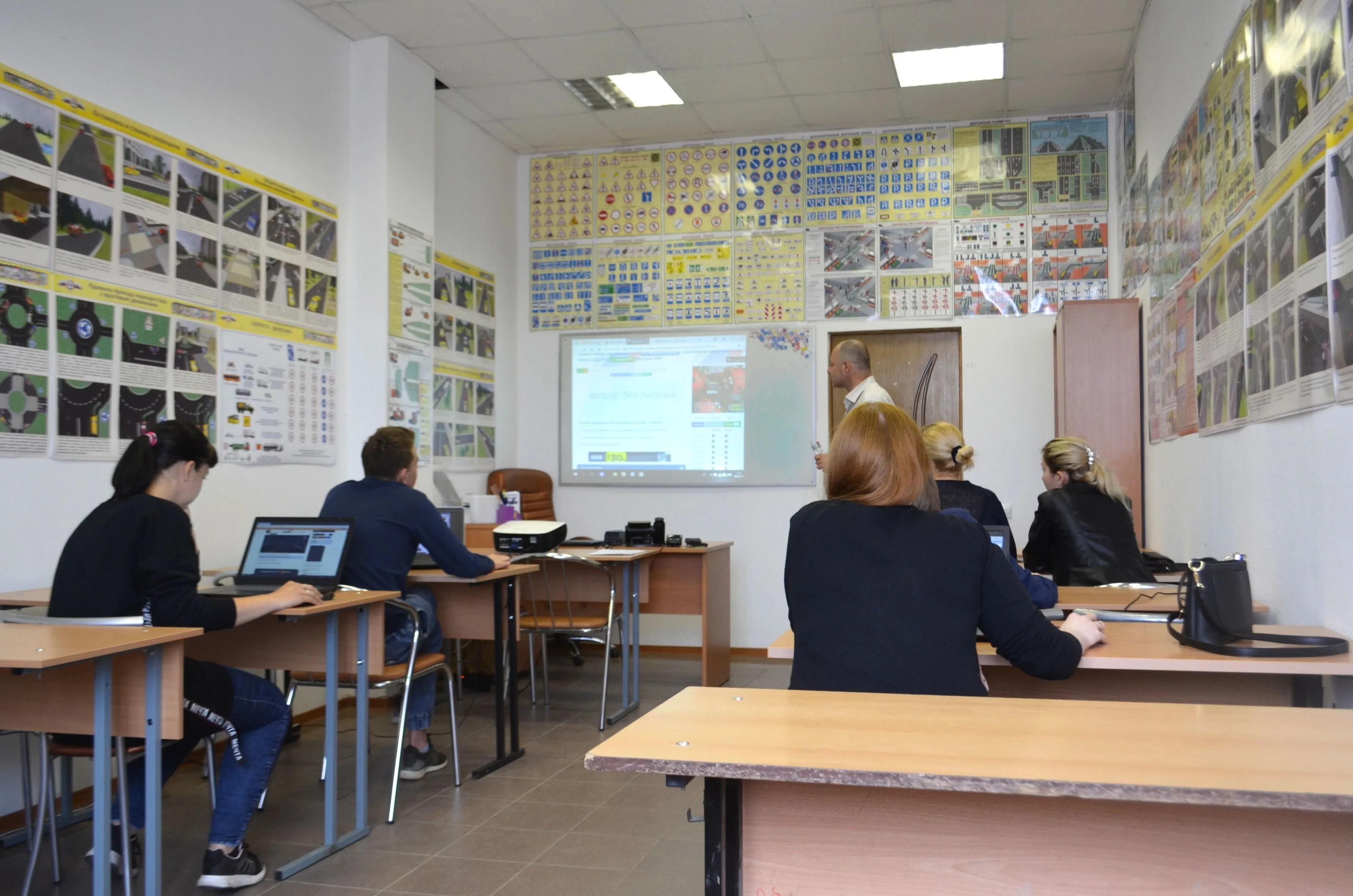Already-Vulnerable Schools Now at Greater Risk
The sudden shift to distance learning caused by COVID-19 created a significant spike in remote management and collaboration application usage across K-12, new Absolute research reveals. In our second annual report on education, Distance Learning’s Impact on Education IT, we can see how this increase has put already-vulnerable schools at even greater risk of device loss or a cyberattack.
Approximately 75 percent of US schools plan to operate via a completely remote or hybrid learning model in the 2020-2021 school year. Our new study examines the effects of the resulting rapid digital transformation on K-12 device health, security, and usage by leveraging anonymized data from millions of Absolute-enabled devices active across approximately 10,000 schools and districts in North America and Europe.
The data shows that from January to May 2020, the use of remote management and collaboration apps in K-12 schools increased 87 percent and 141 percent, respectively. Furthermore, eighty percent of schools have or plan to purchase more devices to enable distance learning.
Device visibility & control is limited
Within this new learning landscape, education IT teams report facing significant challenges tracking and managing all of their devices, software, and applications remotely. Since January, there has been a 205 percent increase in the number of new devices connecting to the internet for the first time and more than 40 percent of school IT teams said tracking lost or missing devices is a significant challenge.
So is keeping those devices up to date, the research shows. Seventy two percent of devices use an OS two or more versions behind. There was an 81% spike in outdated Chrome OS versions due to a new version of Chrome OS released in April 2020. The average patch age for Microsoft Windows devices is 183 days and for Apple MacOS devices, its 31 days. The result is there are potentially hundreds of critical vulnerabilities that have gone unaddressed.
The answer to these challenges isn’t network-based security controls, the research also indicates. Forty six percent of schools had rogue VPNs or web proxy apps identified in their device environments. And, using Absolute Web Usage analytics, students were found to be engaging with an average of one hour of inappropriate content every day due to web filter failures that occur when devices disconnect from the school network.
Cyberattacks are also ramping up – eighty percent of schools’ malware infections are from ransomware attacks, up from forty eight percent in 2019.
How Absolute helps
Absolute's Endpoint Resilience™ solutions support safer, smarter, and more secure learning environments — whether in-person, remote, or hybrid — by providing IT teams with the critical controls and valuable data they need to make important decisions about asset management and security.
Absolute is the industry’s only undeletable defense platform, embedded in the firmware of more than a half billion devices and deployed across more than 13,000 customer organizations. This unique position enables schools to look at endpoint protection holistically – to see the complete picture and create a feedback loop that enables IT and security teams to eliminate blind spots. We’re defining the next generation of endpoint security — true Endpoint Resilience.







